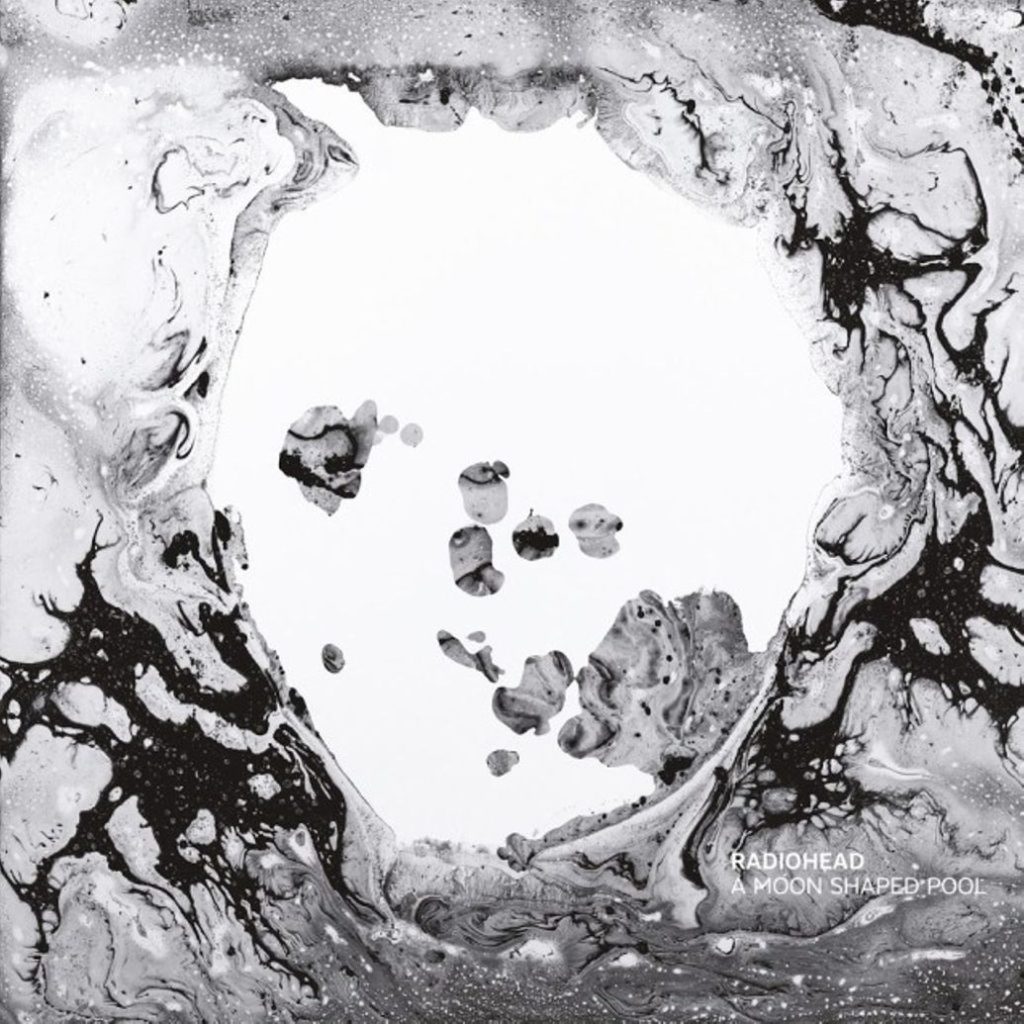This is the second in a series of posts that look at individual tracks on Radiohead’s 2016 album A Moon Shaped Pool.
“Daydreaming” was released two days before A Moon Shaped Pool dropped, and so I’ve had a little time to think about it. But it eludes easy analysis. Easily the most gorgeous track on the album, it’s lyrically the most bleak, and the tension rises up five minutes into the song and tears it apart.
And yet it starts more conventionally…almost. The piano sonata that emerges at twenty-three seconds from a thicket of chimes and manipulated sounds (not unlike those that begin “Bloom,” the first track on The King of Limbs) would not have been out of place as a musical interlude opening “Pyramid Song,” “Nude,” or any other slow keyboard driven ballad that Radiohead has delivered since Kid A (to say nothing of Thom Yorke’s “Guess Again!” on last year’s hit-and-miss Tomorrow’s Modern Boxes). Yorke’s descending vocal line is cousin to “Nude” or “Codex.”
But there are important differences. Where Yorke once angrily railed against those who were “such a dreamer / to put the rights,” this lyric is more resigned: “Dreamers / they never learn / they never learn / Beyond the point / of no return.” There is no return from this dreaming.
You can (again) anchor this song in the dissolution of Yorke’s 23-year-old relationship with artist Rachel Owen: there’s few more naked statements of guilt in the band’s work than “It’s too late / the damage is done.” But Yorke points out “this goes / beyond me / beyond you.” The dreaming he is lost in is existential.The tape slip at the beginning of “Daydreaming” reminds us that we’re listening to an artifact—a recording that has been manipulated. We can be aware that existence is a dream but cannot look beyond it. There’s a fair amount of Plato’s “The Cave” peeking into “the white room / by a window / where the sun comes / through,” but never has that metaphor for life been so colored with despair and regret.
The threads of the song are married as the instrumentation (piano now joined by strings, played with the attack of the phrase at the very end of the line to sound backtracked) falls away behind slowed backward vocals (in the left stereo channel, accompanied by a bowed double bass line in the right). The line, reversed, could be saying “Half of my life,” a regretful farewell to his relationship. Or it could simply be the sounds of slumber as the daydreamer huddles behind the fire in the cave, the closing image in the Paul Thomas Anderson video for the song.
It would be enough to leave the dreamer here. But there’s that album cover. What could be an aerial landscape also resembles the sunburst of light coming through a melting 35mm filmstrip, suggesting that the artifice that gives the dreamer respite is about to be ripped away. Whatever peace he’s found, it suggests, is short-lived.

